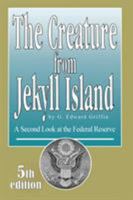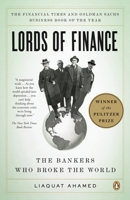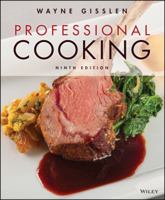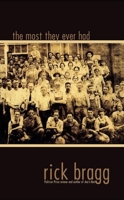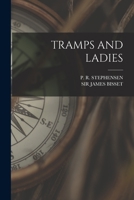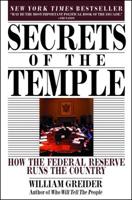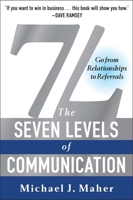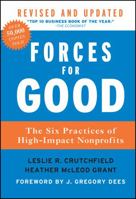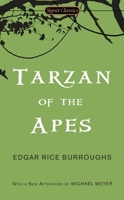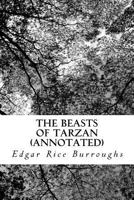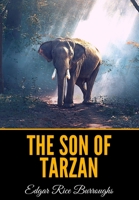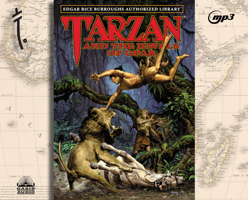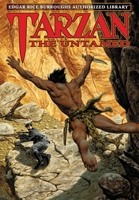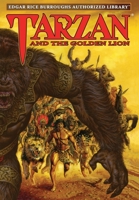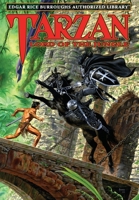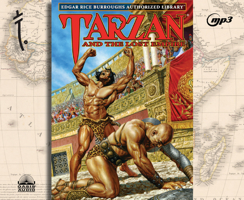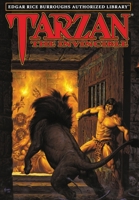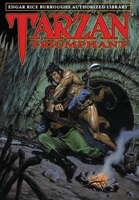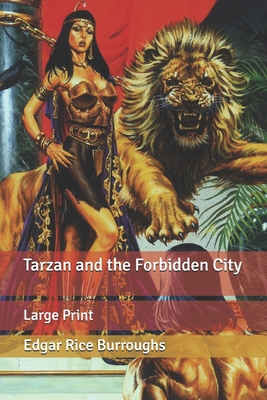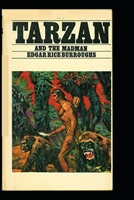Tarzan at the Earth's Core:Classic Original Edition By Edgar Rice
(Part of the Tarzan (#13) Series and Pellucidar (#4) Series)
Select Format
Select Condition 
You Might Also Enjoy
Book Overview
Continuing the saga of Pellucidar, the empire located in the Earth's hollow center, Tarzan at the Earth's Core is the fourth work in this classic series. The American explorer and emperor of Pellucidar, David Innes, has been captured by the deadly Korsar pirates. Picking up on the desperate cries for help emanating from Pellucidar, Jason Gridley of Tarzana brings the message to the only person who can help, Tarzan of the Apes. Together young Gridley and Lord Greystoke travel to the exotic and strange realm within the Earth to save the imprisoned ruler. Unaccustomed to the difficulties of Pellucidar, the two struggle in its savage environment, with its eternal noon and bizarre monsters, in their quest to save Innes and the precarious rule he has established. Sean McMullen provides an introduction for this Bison Books edition. This description may be from another edition of this product.
Format:Mass Market Paperback
Language:English
ISBN:B0011BPTDU
ISBN13:9780441798551
Release Date:January 1973
Publisher:Ace
Length:256 Pages
Weight:0.30 lbs.
Customer Reviews
11 customer ratings | 6 reviews
There are currently no reviews. Be the first to review this work.
















